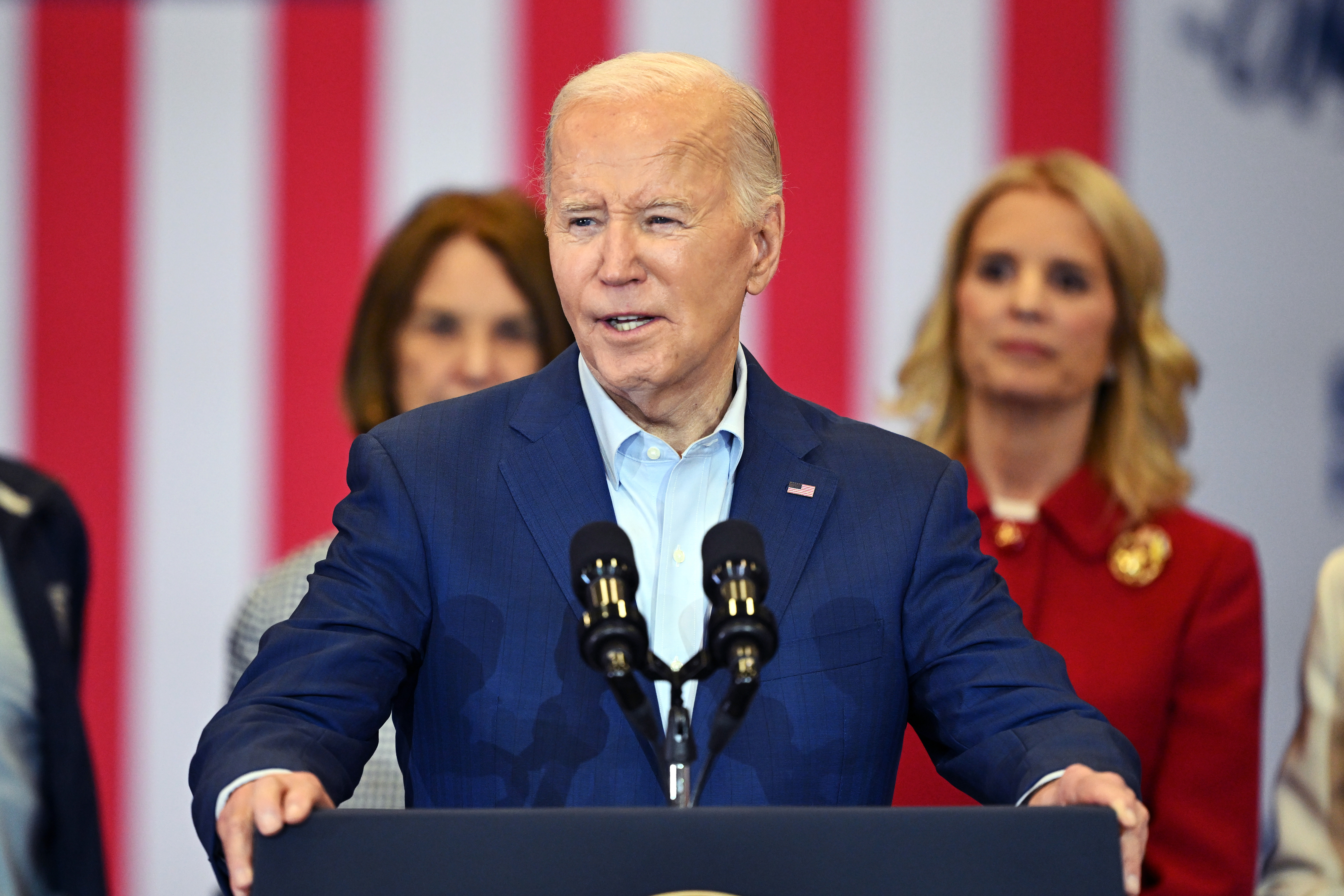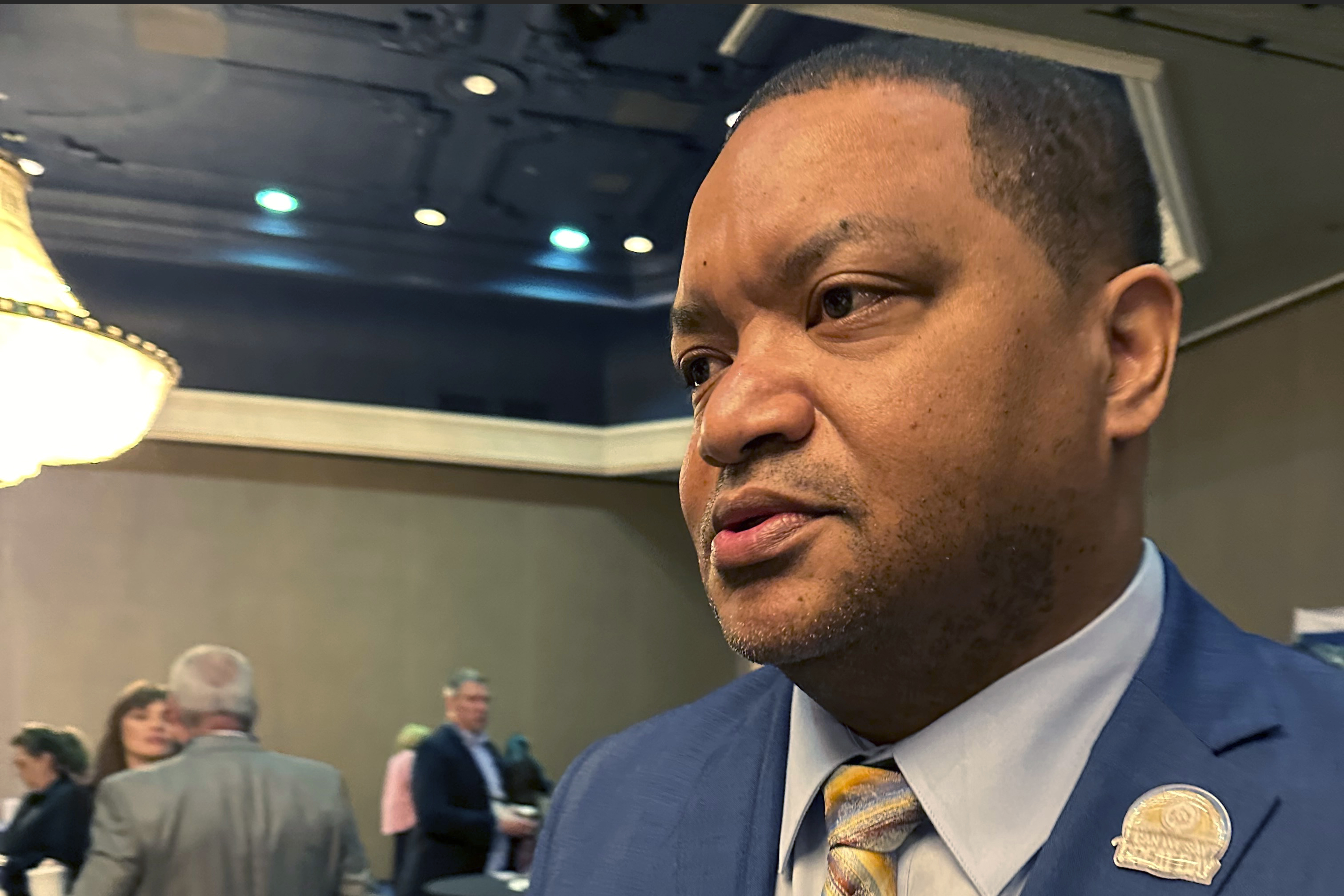If it takes a village to raise a child, then it took a tiny roller rink in Frenchtown, New Jersey, perched on a hill above the Delaware River, to raise an Olympic athlete.
Two short-track skaters competing for the United States in Sochi, Kyle Carr and Chris Creveling, got their taste for speed at the Frenchtown Roller Rink.
About 20 miles upriver from New Hope and Lambertville, the rink is open to the public five days a week for all-skate and private events. Owned by the same family for 38 years, it hosts a lot of birthday parties. The nondescript, boxy building is painted inside with faded stars and neon stripes.
"My rink needs a paint job. This paint job is from 1993. It's retro," said owner Kay Pinkerton, whose father built the rink in 1976. "But I have the most beautiful floor in the country. That's what we concentrate on. We wet-sand it twice a year, and recoat it."
Pinkerton does not allow hockey or roller derby at her rink, for any price, for fear the rough play will damage the floor that she said is one of the best surfaces for training speed skaters.
"The team routinely practices with heat, and air-conditioning in the summer," said speed team assistant coach Scott Johnson. "Other rink owners are not willing to do that for the team. It costs money."
Both Kyle Carr and Chris Creveling started on the Frenchtown Speed Team when they were about 10 years old. Carr's family moved away when he was still young, but Creveling -- from nearby Kintnersville, Pennsylvania -- stayed with the team until he was a senior in high school, becoming one of the strongest inline skaters on the competitive circuit.
Local
Breaking news and the stories that matter to your neighborhood.
"He had a nickname of 'Lightning.' Which is funny because he was one of the nerdiest kids you will ever meet," said Barry Cowell, Creveling's former coach at the Frenchtown rink. "Thick glasses. Very thin -- it seemed like his joints were bigger than his legs. Very skinny. Very efficient. When he did his cross-overs, it seemed like his foot never left the ground. He was pretty to watch skate."
Creveling is Kay Pinkerton's nephew. Her office at the roller rink is covered with championship photos of her son and her nephew standing next to each other on countless winners' platforms.
"We are a speedskating family. We grew up the roller rink. My father loved the roller rink business," she said. "We've all been speed skaters."
Roller rinks pave way for leap to ice
All eight of the men and women racing for the U.S. in short-track speed skating (so-called because the track oval is a tight 110 meters around) got their start on wheels. Inline skating has proved to be more accessible to more people than ice. Athletes can train all year, in any weather, for as long as they wish -- ice must be resurfaced often to stay smooth.
"The inline program is much larger than the ice program," said Ross Creveling, Chris' father who often serves as a race official. "At the nationals, we will have 1,100 to 1,300 competitors. The last time I did the ice nationals, there were 250 competitors."
Inline speed skaters and ice speed skaters use similar muscles. When an inline skater gets to the top of his or her game, it's relatively easy to leap over to the ice, where there is a chance at skating in the Olympics. There is no Olympic event for roller skating.
Ross Creveling said his son always had ice in mind as he became a champion inline skater. He got his chance when U.S. Speedskating created a program in the early 2000s called WhIP or Wheels to Ice Program. Promising inline skaters were chosen and sent to Salt Lake City to train on ice.
It was not always an easy marriage.
"The ice people weren't happy, because they're trying to take the limited number of spots there are, and the limited sponsorships," said Ross Creveling. "Ice people had that all wrapped up, and then the inliners came and it's, like, what are you guys doing here?"
The inline skate community had its own chorus of grumbles, because the lure of Olympic gold snatched a lot of the sport's best talent.
"That transition to ice -- I support the skaters making that transition. It's best thing for them if you aspire to be the best in the world," said assistant coach Scott Johnson. "But for us, on the ground level, it's difficult to see your star talent at 16, and they are looking to make the jump [to ice]."
Pinkerton sees a silver lining. As the owner of a speed rink, she hopes lots of kids will see her nephew skating in Sochi and realize that he started on wheels.
"You don't see inline skating in colleges. There are no scholarships for inline speed," said Pinkerton. "So, out of the blue, here's a young man that came out of Palisades School District, skating for the Frenchtown Speed Team, and is going to Sochi to skate for the United States. They're like, 'Wow! Maybe I can do that, starting out at Frenchtown Speed Team.'"



